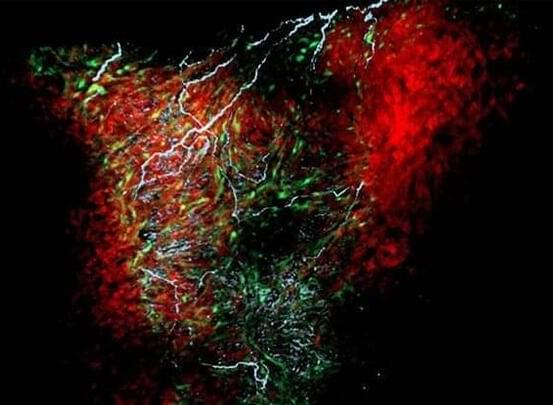A new type of cell has been identified in the heart that is linked to regulating heart rate – and the discovery promises to advance our understanding of cardiovascular defects and diseases, once these cells have been more extensively studied.
The new cell is a type of glial cell – cells that support nerve cells – like astrocytes in the central nervous system (the brain and spinal cord). Named nexus glia, they’re located in the outflow tract of the heart, the place where many congenital heart defects are found.
The new cell type was first found in zebrafish, before being confirmed in mouse and human hearts too. Experiments on zebrafish found that when the cells were removed, heart rate increased; and when genetic editing blocked glial development, the heartbeat became irregular.
